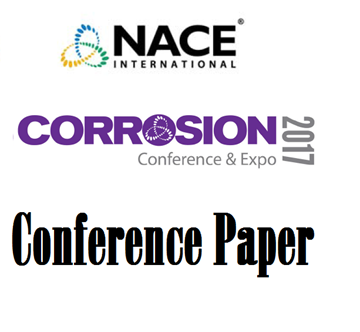Search
11128 Interpretation of Indirect Inspections Data in the ECDA Process
Also Purchased
06188 DEVELOPMENT OF ECDA CRITERIA FOR PRIORITIZATION OF INDICATIONS
Product Number:
51300-06188-SG
ISBN:
06188 2006 CP
$20.00
Improving the Quality of ECDA Indirect Inspection Data
Product Number:
51317--9038-SG
ISBN:
9038 2017 CP
Publication Date:
2017
$20.00
51314-3734-ECDA for Pipelines in Congested Areas
Product Number:
51314-3734-SG
ISBN:
3734 2014 CP
Publication Date:
2014
$0.00




